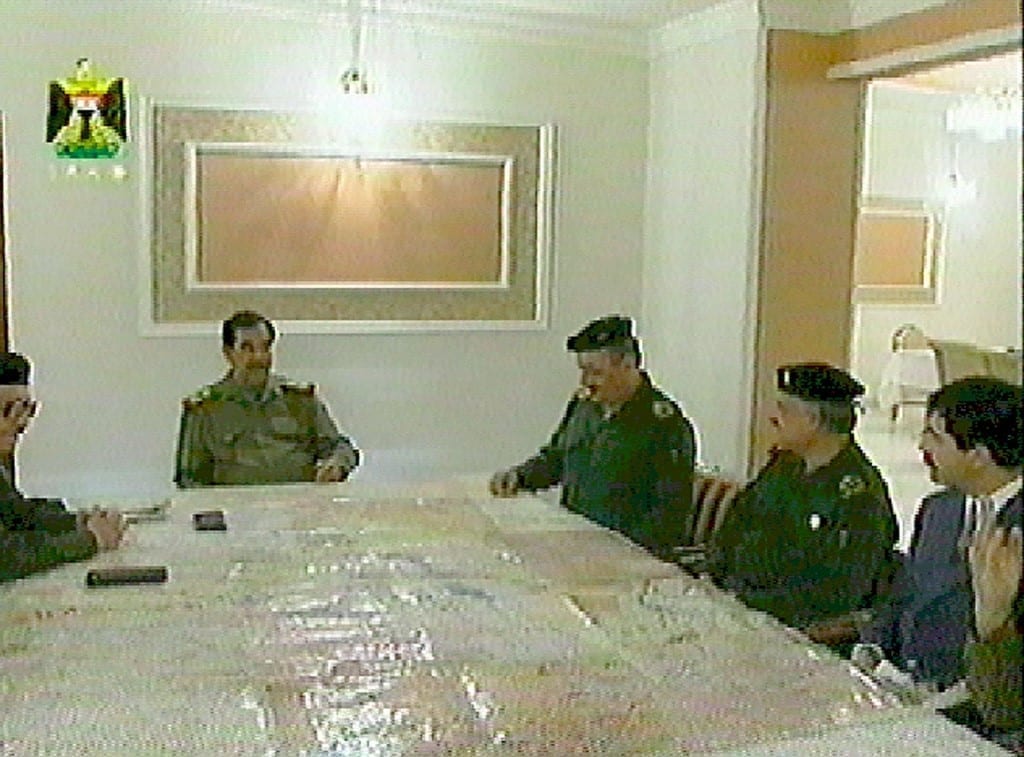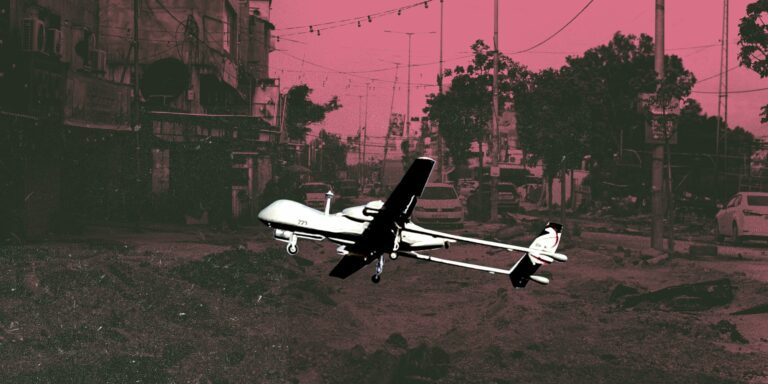The debate that took place following the death of Sultan Hashim, the last Iraqi Minister of Defense in the era of Saddam Hussein, a few days ago in prison in Iraq, revealed a reality as harsh as that one that resulted from the fall of the Baath regime in 2003. The Kurds considered the death of Hashim to be the end of the senior Iraqi officials who were responsible for the Anfal military campaign launched by the Baath regime against them in the eighties. The Sunni Arabs portrayed him as one of the highly skilled officers who fought in the war against Iran, and did not kill any Iraqis, while the Shittes stayed neutral, as the power of Sultan Al Hashim in the Baath regime was apparently not stained with shiites oppression.

In actuality, the post- Saddam regime in Iraq has diffused the Iraqis tragedies during the Baath rule. Even Saddam Hussein himself, the tyrant who had the Iraqis blood on his hands, was turned into a victim by the post-2003 regime. The tyrant’s decapitation in a horrifying public execution scene has turned the executioner into a victim. Moreover, Saddam’s victims were preoccupied with the spoils of war to the point that they neglected the fact that the regime is in dire need of restructuring to involve all parties to the story.
The different sects militias have violated the nation’s memory by scattering a fundamental part of the archives that would have helped the Iraqis reach a consensus on one version of what they have gone through during the rule of the Baath regime. Is Sultan Hashim the commander of the taskforce that carried out the Anfal campaign? Or is he just a senior officer who was present in Northern Iraq at the time the campaign was carried out? The answer to this question should be in the documents left by the Baath regime, which was taken by the political forces and militias that took over power following the fall of the Baath regime.
Saddam has left many of his likes in Iraq, and the political forces in power have inherited the Baathist approach, and all of those forces do not aim to establish a new Iraq, different from Saddam’s Iraq.
We were in Baghdad back then and the political forces that assumed power have been violating the country’s memory and scattering the story of Iraq’s greatest tragedy. The documents were scattered in the streets, and many were for sale. The Kurds have taken their share of these documents, like what Badr Organization and other parties have done. The only attempt of rescue was done by the Iraq Memory Foundation (IMF) however, doubts were casted on its intentions after the documents were handed to Hoover Institution to be organised, and they are on their way back to Iraq now. Nevertheless, the largest part of the regime’s archives is until present with political forces and is not available for scholars, which makes the consensus on a single version of the tragedy almost impossible.Yet the debate and divisions that took place following the death of Sultan Al Hashim represent one of the signs of this impossibility.


I was in Mosul when Sultan Hashim was captured in 2003 in the Iraqi capital, and he was handed to Kurds back then after tribal negotiations in which an officer in the Peshmerga forces had participated ,whom I met after the operation. During that time, he had given me the impression that Hashim was just an army officer. Thenceforth, the late Iraqi President Jalal Talabani had refused to approve the death sentence against Hashim. Meanwhile, the debate about the role of Hashim in the Anfal campaign is led by Talabani’s advisor, Hiwa Osman, who is holding Hashim responsible for the death of Kurds during this campaign. Hiwa Osman is a trusted and credible journalist and scholar. Moreover, there is a significant difference between an officer engaged in a bloody military campaign that led to the death of tens of thousands of Iraqis, and between an officer who was only implicated due to his presence in the Northern region participating in the war against Iran. This is a key difference that should have been settled by the Iraqis consensus on one version of their tragedy during the rule of the Baathist regime.
However, the Iraqi scene today is so far from agreeing on one version of what happened under the rule of the Baath regime. Saddam has left many of his likes in Iraq, and the political forces in power have inherited the Baathist approach, and all of those forces do not aim to establish a new Iraq, different from Saddam’s Iraq. The Shiite political parties want their Iraq to follow Iran, Sunnis have responded to “Al- Qaeda”’s calling and have established “ISIS”, while the Kurds have a totally different and separate story and ambitions than the Shiites and Sunnis Iraq. And meanwhile, there are serious divisions on Saddam as a tyrant and criminal, and Saddam in the horrifying decapitation scene, and Sultan Hashim as a skilled senior officer and Sultan Hashim as the commander of the taskforce that carried out the Anfal military campaign. Furthermore, Iraq is a favorable environment for similar stories, starting from Al-Hajjaj ibn Yusuf Al Thaqafi who delivered a speech to Iraqis and said “I see heads that are ripe for plucking, and I am the man to do it”, and Al-Hajjaj that people do not agree if he was a tyrant or a hero.






